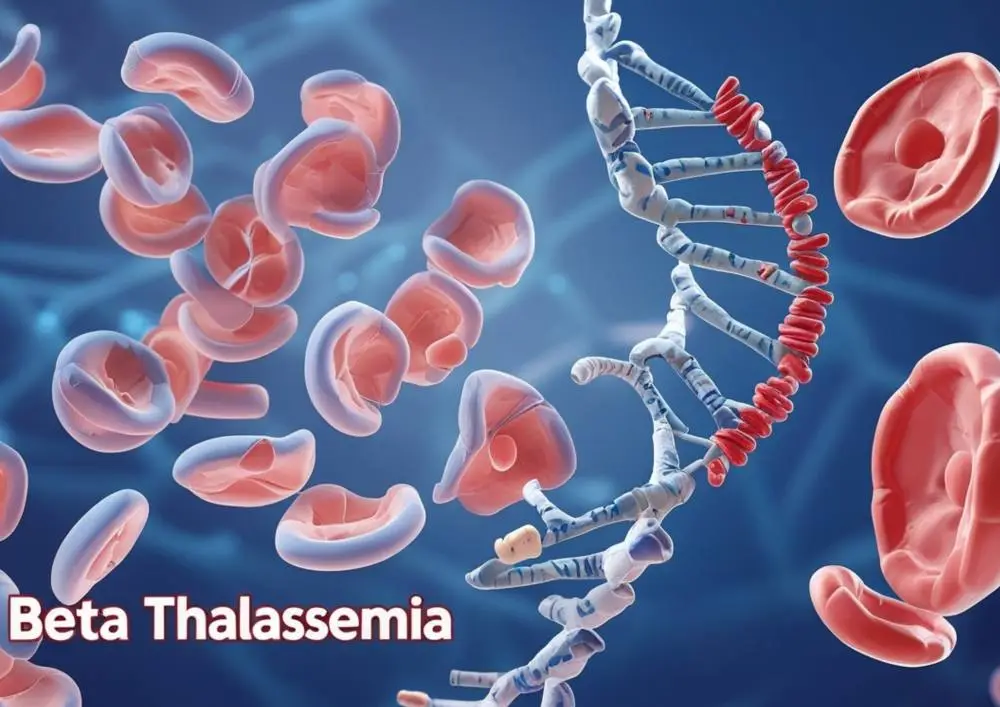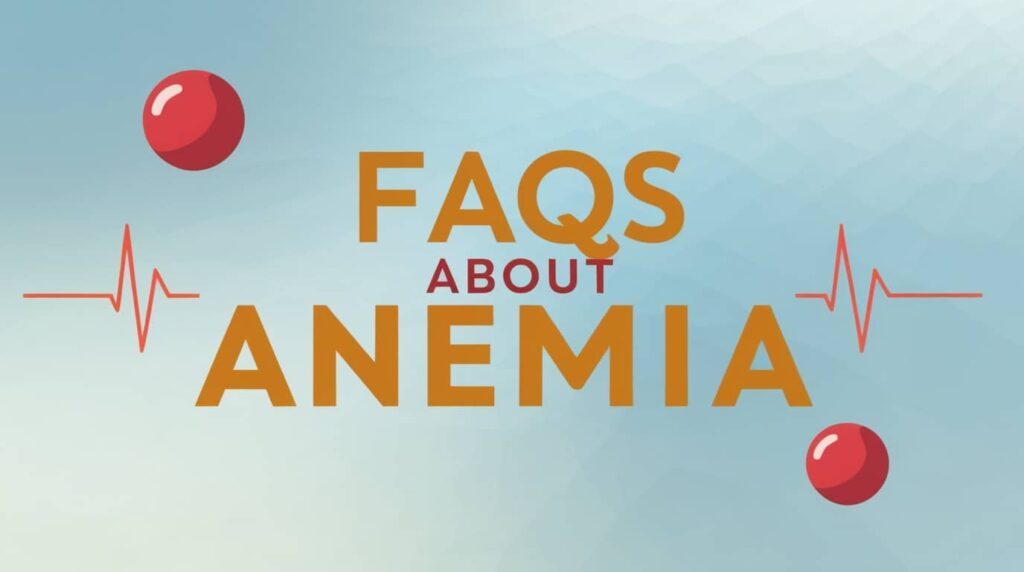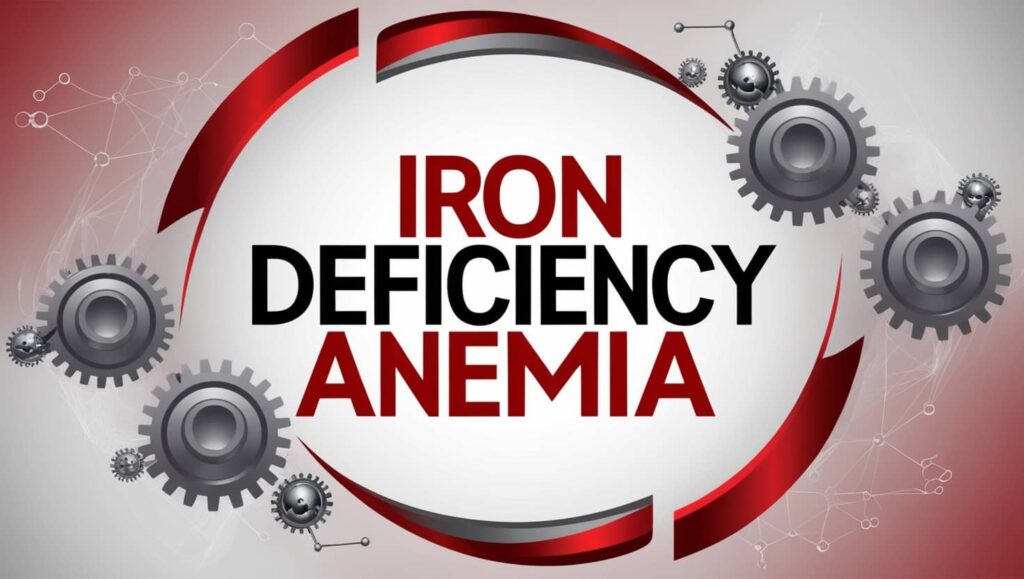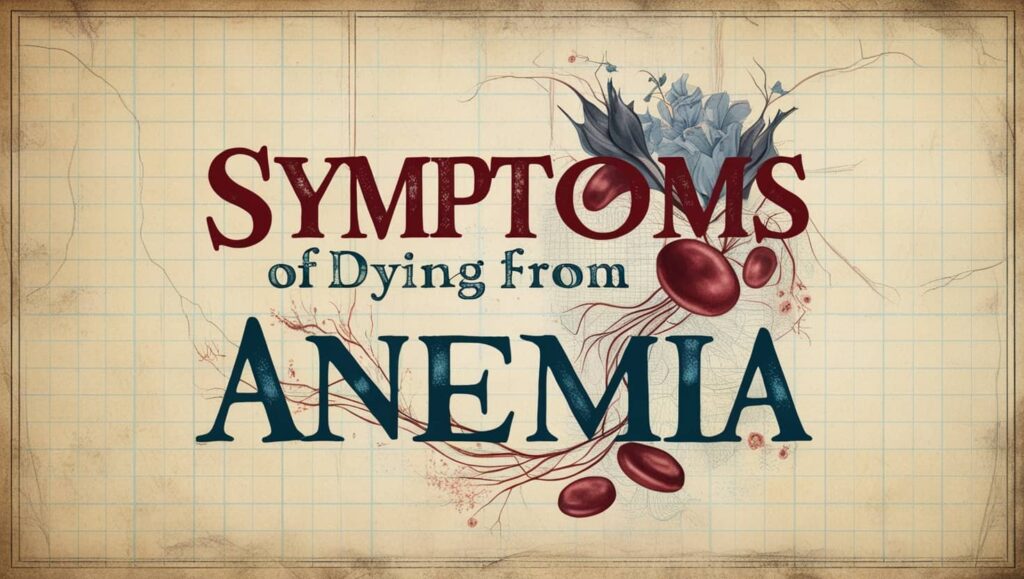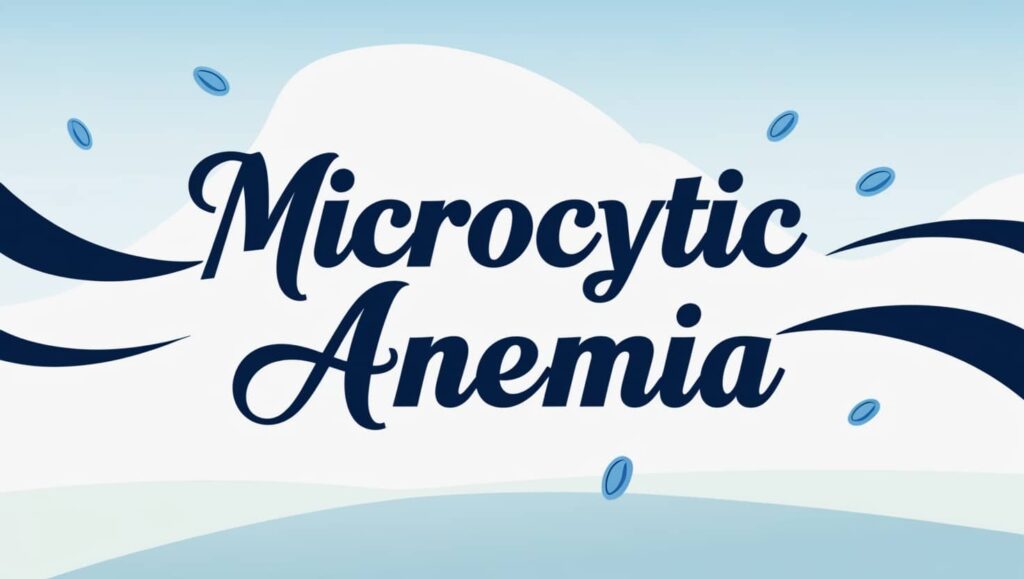Table of Contents
hide
During a routine day, a mother began noticing unusual signs in her young child: persistent fatigue, paleness, and a reluctance to play or eat. Concerned, she and her husband decided to consult a pediatrician. After clinical evaluation and blood tests, the diagnosis was confirmed to be beta thalassemia, a hereditary blood disorder that affects hemoglobin production.
This case highlights how routine medical evaluation can uncover underlying genetic conditions. This article provides an overview of the types, causes, symptoms, and treatment of this hematological disorder. Read on to gain a clearer understanding.
What Does It Mean if You Have Beta Thalassemia?
Beta thalassemia is an inherited blood disorder, passed from parents to children due to mutations in the hemoglobin beta (HBB) gene on chromosome 11.
This condition prevents the body from producing sufficient beta-globin, a key protein needed to form hemoglobin—the iron-rich protein in red blood cells responsible for transporting oxygen throughout the body.
As a result, red blood cell production is disrupted, producing smaller, more fragile erythrocytes and causing varying degrees of anemia
What Is the Most Common Cause of Beta Thalassemia?
The most predominant trigger of β-thalassemia is a mutation of the HBB gene on chromosome 11, which disrupts the production of hemoglobin.
This gene directs the production of beta globulin proteins, one of the two polypeptide chains that make up hemoglobin.
Notably, an individual needs two functioning genes, one from each parent, to produce normal beta globin protein. If one or both genes are mutated, β-thalassemia occurs.
Moreover, the only risk factor is having a family history of β-thalassemia, where the severity of the condition depends on the specific nature of these mutations.
What Are the Types of Beta Thalassemia?
β-thalassemia is classified into three types, depending on the severity of anemia and type of mutations: Minor, intermedia, and major β-thalassemia.
A. Minor Beta Thalassemia
β-thalassemia minor, also known as β-thalassemia trait, is a heterozygous condition in which one beta-globin gene is normal, and the other is mutated. It typically results in mild or no clinical symptoms and minimal hematological abnormalities. According to studies by ScienceDirect:
- Hemoglobin levels range from 11–15 g/dL in men and 10–13 g/dL in women.
- Red blood cell and reticulocyte counts are normal or slightly elevated.
- Peripheral blood smear may show microcytic, hypochromic red cells, target cells, and elliptocytes.
- Bone marrow examination often reveals mild erythroid hyperplasia.
- Some patients may present with hepatomegaly and splenomegaly.
B. Intermedia β-Thalassemia
β-thalassemia intermedia (β-TI) is a clinical form that falls between the minor and major types, exhibiting wide variability in symptoms due to genetic heterogeneity, where both beta-globin genes are mutated. Clinical features may include: –
- Chronic anemia can lead to poor circulation and leg ulcers.
- Iron overload from repeated blood transfusions potentially affects the heart and liver.
- Extramedullary erythropoiesis, where red blood cells are produced outside the bone marrow, such as in the liver and lymph nodes.
- Increased risk of thrombosis (blood clots) due to elevated platelet counts (thrombophilia).
- Bone deformities resulting from expanded marrow activity.
C. Major β-Thalassemia
Beta thalassemia major, also known as Cooley’s anemia, results from a complete or severe deficiency in beta-globin chain production, leading to severe anemia in early childhood. It is classified into two types:
- β+ Thalassemia, in which beta-globin chain production is reduced.
- β° Thalassemia, where beta-globin chain production is completely absent.
According to the National Library of Medicine, this form of thalassemia is globally prevalent, with approximately 68,000 children born annually affected. It is most common in the Mediterranean region, the Middle East, South Asia, and Southern China.
Pathophysiology includes reduced HBA due to beta-globin deficiency, accumulation of alpha chains causing ineffective erythropoiesis, red blood cell death, and oxidative stress leading to tissue damage and complications.
Symptoms typically appear after six months of age, including growth failure and hepatosplenomegaly.
Without treatment, children may experience delayed growth, leg ulcers, bone deformities, jaundice, and distinctive facial features such as a chipmunk face.
What Are the Symptoms of Beta Thalassemia?
β-Thalassemia symptoms vary from mild to severe depending on the type.
Individuals with β-Thalassemia minor may experience mild fatigue or slight pallor, but generally lead normal lives.
Those with β-Thalassemia intermedia suffer from moderate anemia that may require occasional blood transfusions, often accompanied by slow growth, weakness, paleness, and mild spleen enlargement.
On the other hand, in β-Thalassemia major, symptoms usually appear within the first two years of life and include: –
- Severe anemia.
- Yellowish skin.
- Jaundice with darkened urine.
- Abdominal swelling from an enlarged liver and spleen.
- Extreme fatigue.
- Bone deformities due to expanded bone marrow in the skull and face.
- Delayed growth and puberty.
- Increased susceptibility to infections.
- Loss of appetite in infants.
What Are The Complications of Beta Thalassemia?
If anemia is left untreated, complications may progress and become severe, causing the following:
- Cardiovascular issues can develop, including congestive heart failure from poor oxygen delivery and circulation, pulmonary hypertension, and cardiomyopathy due to iron overload.
- Liver and kidney problems may occur as a result of iron accumulation from repeated transfusions, potentially leading to liver cirrhosis and kidney failure.
- Endocrine complications such as delayed puberty and thyroid dysfunction can arise because anemia affects hormone production.
- Bone damage may develop, as a lack of red blood cells causes bone marrow expansion, resulting in widened, thin, and brittle bones.
How Do You Diagnose Beta Thalassemia?
Diagnosis of β-Thalassemia involves: –
- Clinical assessment to evaluate symptoms, growth delay, and family history.
- Complete blood count and peripheral smear measure RBC count, hemoglobin level, and detect abnormal RBC morphology.
- Hemoglobin electrophoresis identifies abnormal hemoglobin patterns.
- Genetic testing confirms HBB gene mutations and classifies the thalassemia type.
- Iron studies, such as serum iron, ferritin, and TIBC, are used to differentiate from iron deficiency anemia.
- Liver and kidney function tests to assess organ involvement.
- Imaging tests to detect and monitor complications.
Can Beta Thalassemia Be Cured?
Treatment of β-Thalassemia can be managed depending on its type and severity, including: –
- Blood transfusions are the main therapy for moderate to severe cases but cause some complications, such as iron overload, immune reaction to transfused blood, and increased risk of infections.
- Chelation therapy, which is administered as tablets or injections subcutaneously, is necessary to prevent iron overload and damage to organs.
- Supplements of folic acid to improve the development of erythrocytes.
- Gene therapy is a new approach for transfusion-dependent patients (12+), using modified stem cells as a potential one-time treatment.
Finally, beta thalassemia is a life-threatening condition if not treated, but early diagnosis and timely management are therefore crucial in saving lives.
Related — Can Anemia be cured?
References
- Needs, T. (2023, May 1). Beta thalassemia. StatPearls [Internet]. From NCBI
- U.S. Department of Health and Human Services. Causes. National Heart, Lung, and Blood Institute. From NIH
- Centers for Disease Control and Prevention. About thalassemia. Centers for Disease Control and Prevention.From CDC
- Thalassemia minor – an overview | sciencedirect topics. From Science Direct
- Asadov C;Alimirzoeva Z;Mammadova T;Aliyeva G;Gafarova S;Mammadov J. Β-thalassemia intermedia: A comprehensive overview and novel approaches. International journal of hematology.From PubMed
- Khan, I. (2023, September 15). Beta thalassemia major (Cooley anemia). Stats Pearls [Internet].From NIH
- How I manage medical complications of β-thalassemia in adults | blood | American Society of Hematology. From the American Society of Hematology
- Khan, A. (2023, August 28). Laboratory evaluation of beta thalassemia. Stats Pearls [Internet]. From NIH
- Centers for Disease Control and Prevention. Treatment of thalassemia. Centers for Disease Control and Prevention.From CDC

